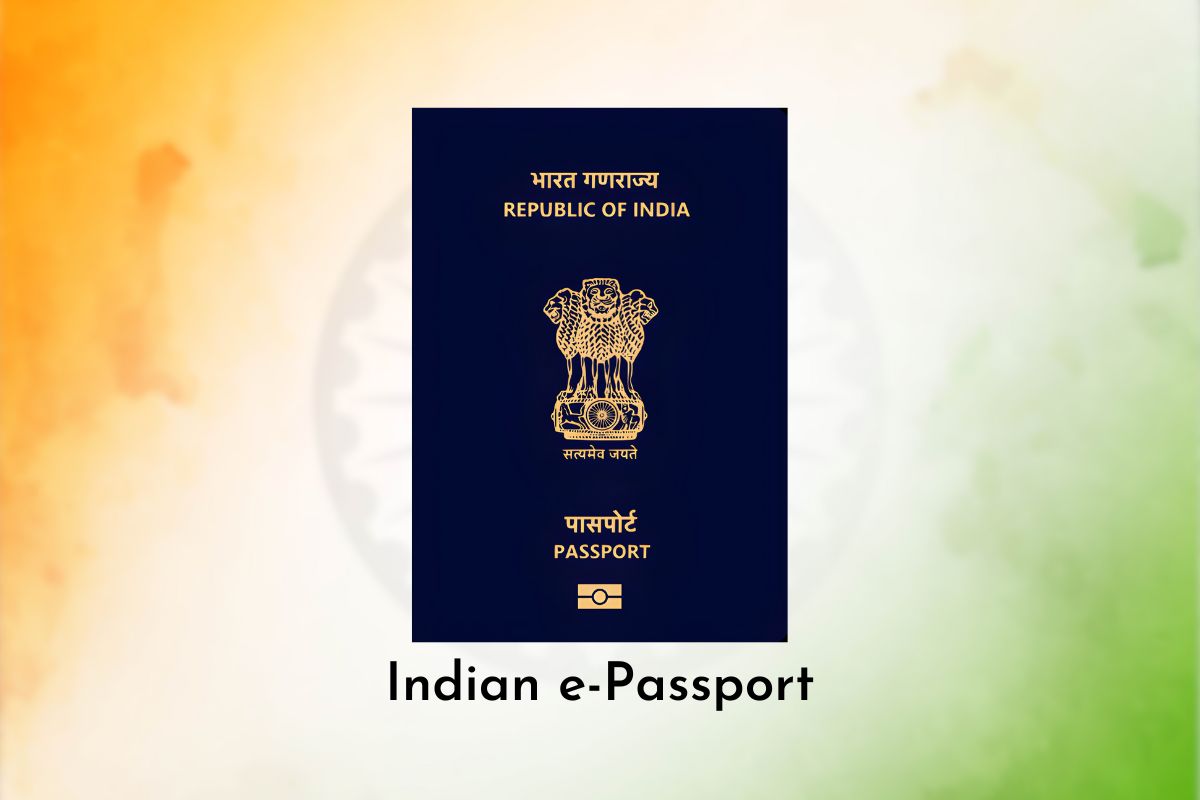The wait for millions of Indians who are eagerly waiting for the e-passport is finally over. The Ministry of External Affairs on Thursday rolled out the Passport Seva Programme (PSP V2.0) across India.
With the new PSP V2.0 in place, India has now officially started issuing e-passports across the country, marking the travel document modern and secure for its citizens.
What is an e-Passport?
An e-Passport is just like the regular Indian passport, but comes with an advanced electronic chip embedded on the front cover of the passport. This electronic chip stores personal and biographical information of the holder, including:
- Full name
- Date of birth
- Passport number
- Passport issue and expiry dates
- Nationality
- Gender
- Photo
The chip uses Radio Frequency Identification (RFID) technology, which securely stores the data as per the global standards set by the International Civil Aviation Organization (ICAO).
What makes the e-Passport better than an ordinary one is that the electronic chip allows airports and immigration officers to verify the details of the passport holder faster and more safely.
In short, the new Indian e-Passport is now harder to forge, easier to verify, and much faster to process at immigration counters.
The Rollout of PSP V2.0 Across India
The upgraded Passport Seva Programme (PSP V2.0) launched on 26 May 2025. It has now rolled out nationwide and offers e-Passport in:
- 37 Passport Offices
- 93 Passport Seva Kendras (PSKs)
- 450 Post Office Passport Seva Kendras (POPSKs).
Citizens can access better services through the new online portal and mobile app. These features offer easier form filling, document uploads, and digital payments using UPI or QR codes. AI chatbots are also ready to guide users step by step during the process.
How to Apply for the e-Passport in India
To get an e-passport in India, an applicant must visit the updated Passport Seva portal. The entire process happens online, except for the final verification, which takes place in person.
Here’s a step-by-step look:
- Visit the new Passport Seva portal.
- Register using your email ID and create an account.
- Log in and fill out the e-passport application form carefully.
- Print your completed form and book an appointment for verification.
- Visit the centre with your original documents on the appointment date.
Once your application is approved and police verification is completed successfully, the passport office will issue your new e-passport. This passport will have a digital chip embedded in it.
Expansion Abroad
After its nationwide rollout, the Global Passport Seva Programme (GPSP V2.0) started in Indian embassies and consulates around the world on 28 October 2025. This allows Indians living abroad to benefit from better digital systems and quicker service when renewing or applying for passports.
What Happens to Existing Passports?
After the e-Passport started rolling out, the most common question is, “What happened to your existing passport?” The answer is simple: you can still use your old passport. It remains valid until it expires. However, all new passports issued from now on will be e-Passports.
Key Benefits of e-Passport
The e-Passport offers several advantages for frequent flyers and first-time travellers alike:
- Faster checks: The chip speeds up verification at airport counters.
- Stronger security: Encrypted data prevents forgery or tampering.
- Global access: Accepted worldwide under ICAO travel standards.
- Easy process: Apply, renew, and track passports online with PSP V2.0.
A Modern Passport for a Digital India
According to the Ministry of External Affairs (MEA), all new passports issued will now be e-Passports. Older passports will remain valid until they expire. This change is part of India’s larger goal to improve travel safety, simplify procedures, and meet international standards in document security.
Final Thoughts
The launch of e-Passports is not just a tech upgrade; it marks a move toward smarter, faster, and safer travel. Whether you are renewing your passport or applying for the first time, you can expect a smoother process and a modern passport ready for the future of international travel.
Follow and connect with us on Facebook, Twitter, LinkedIn, Instagram and Google News for the latest travel news and updates!
